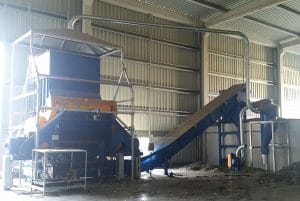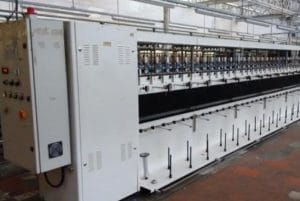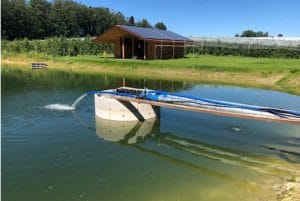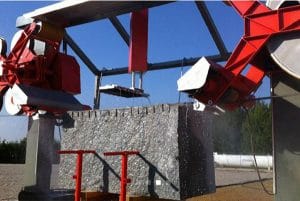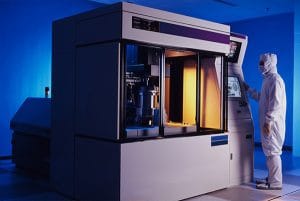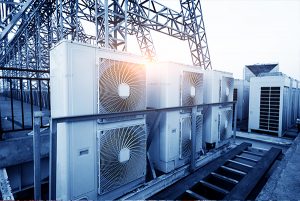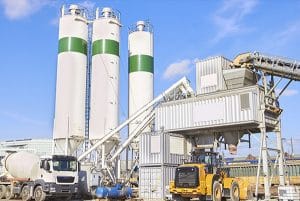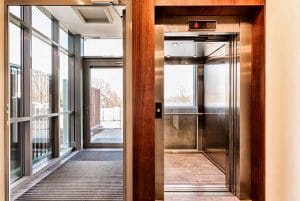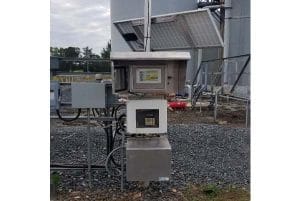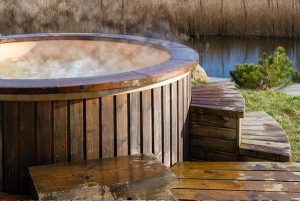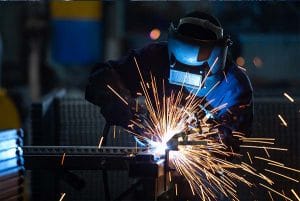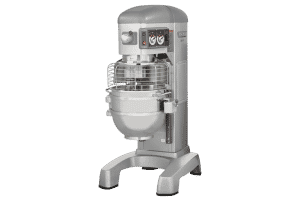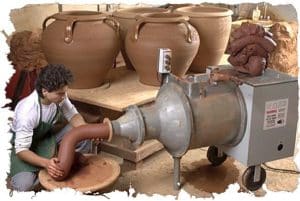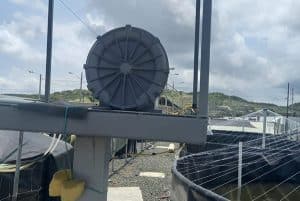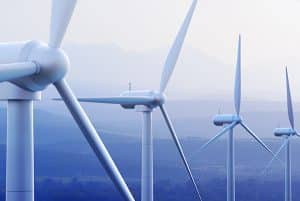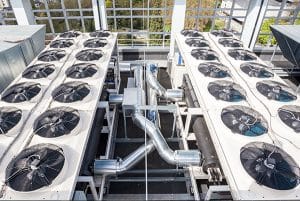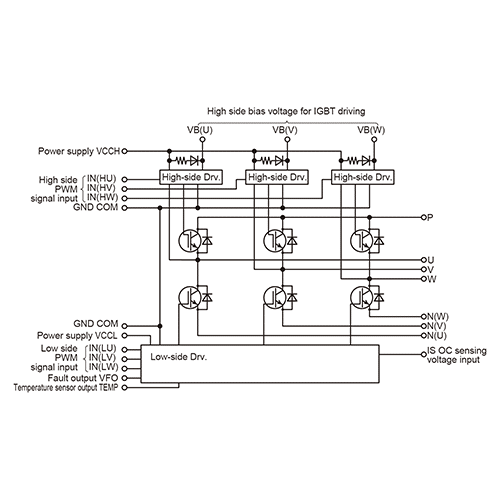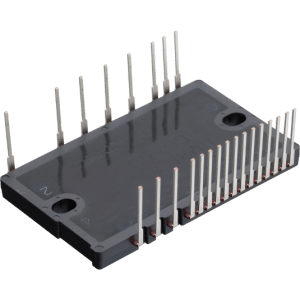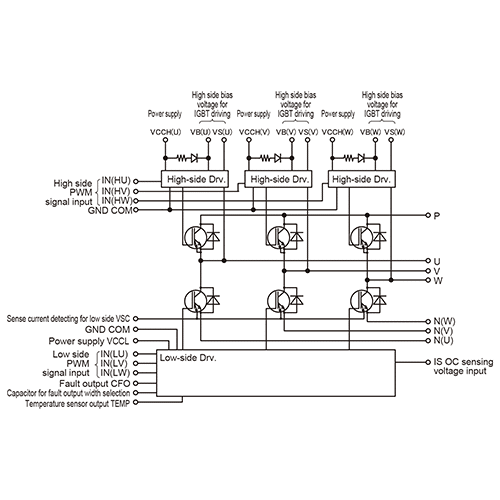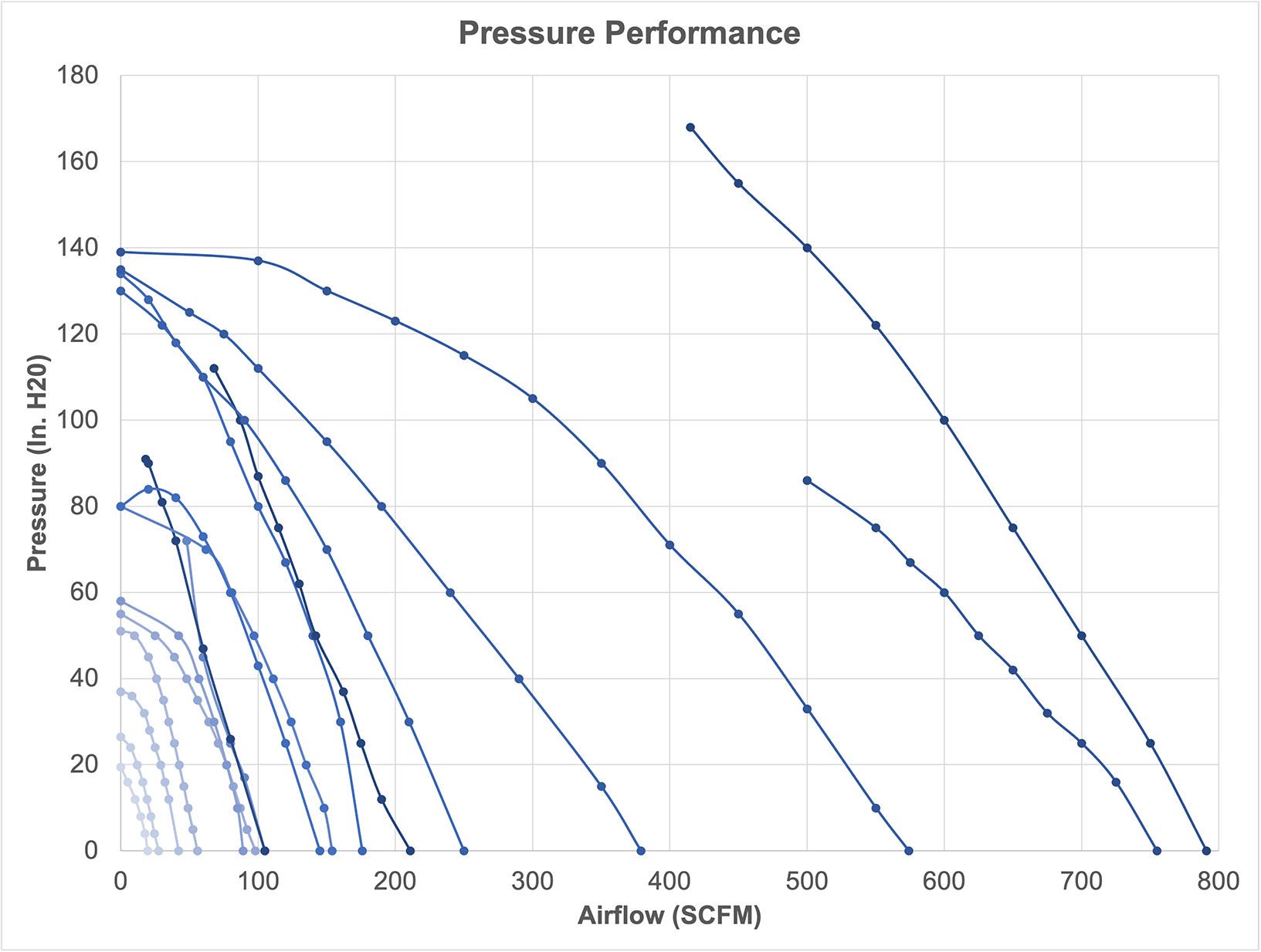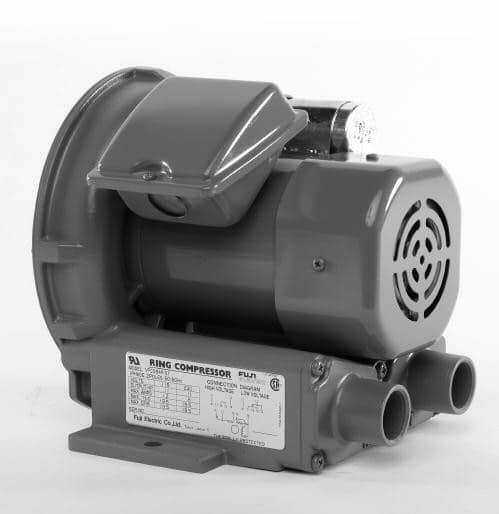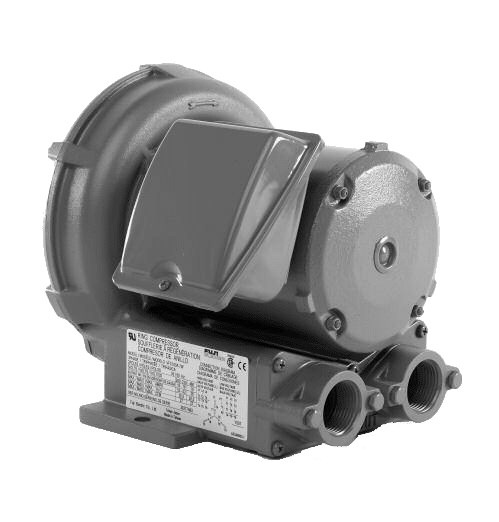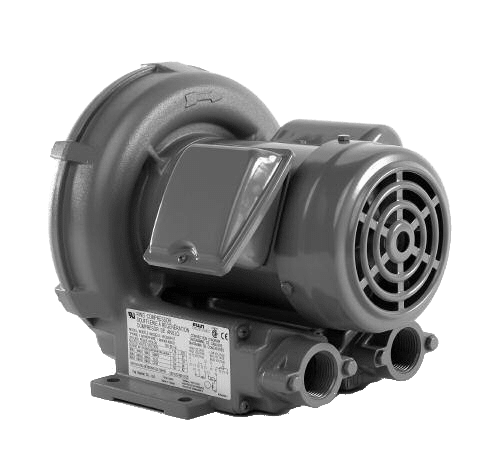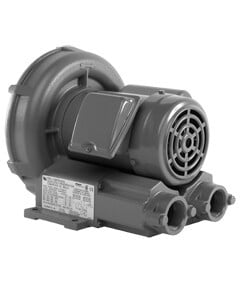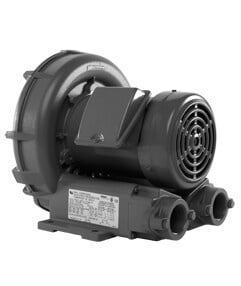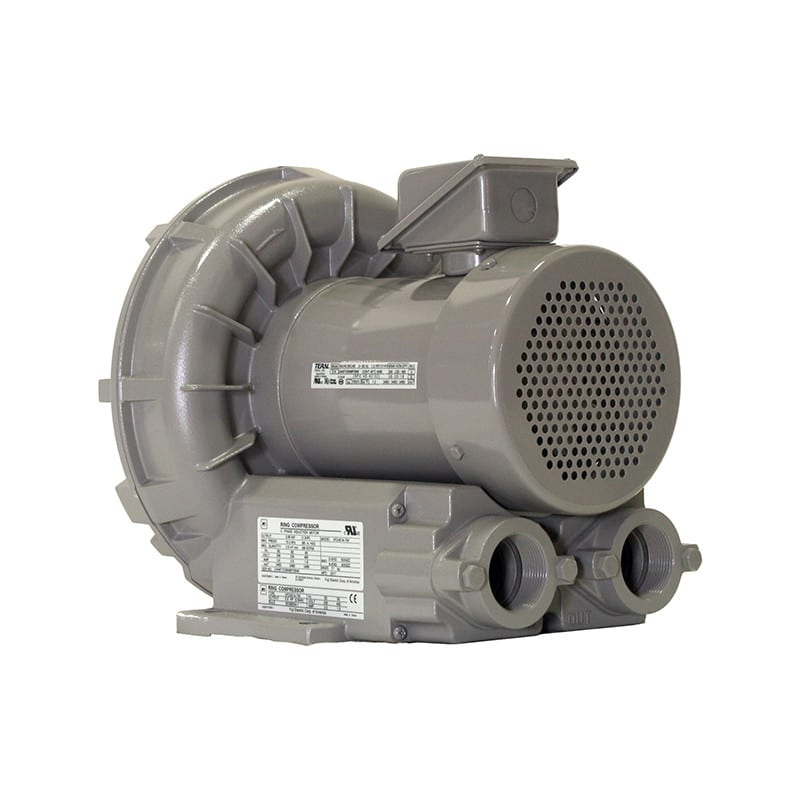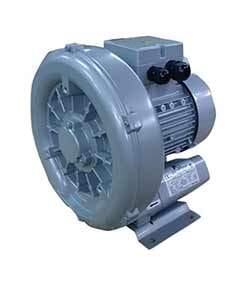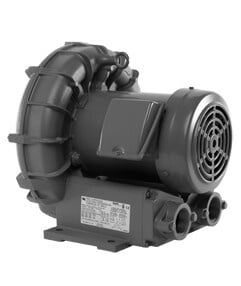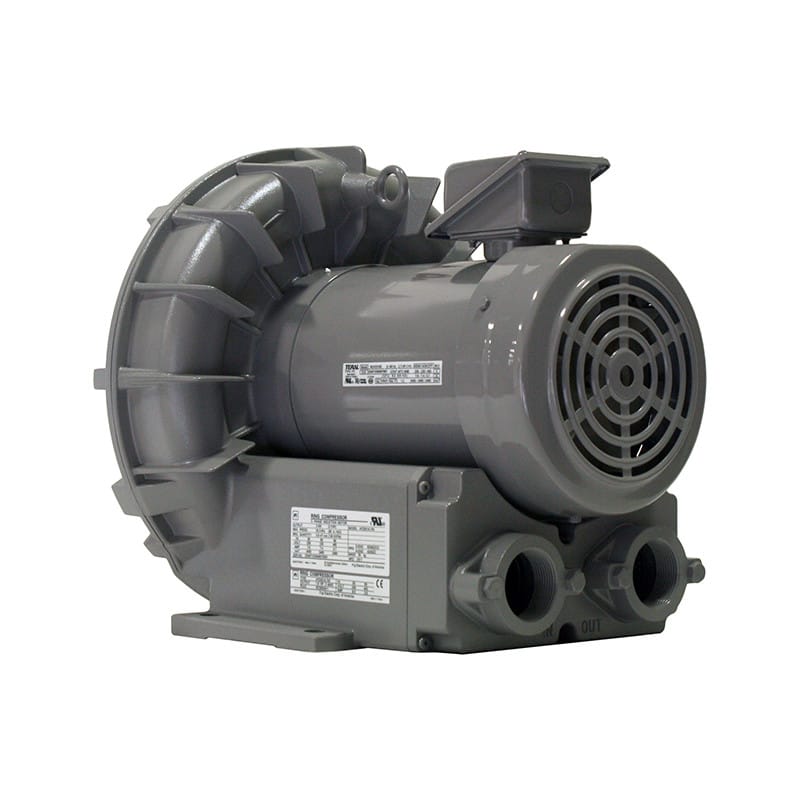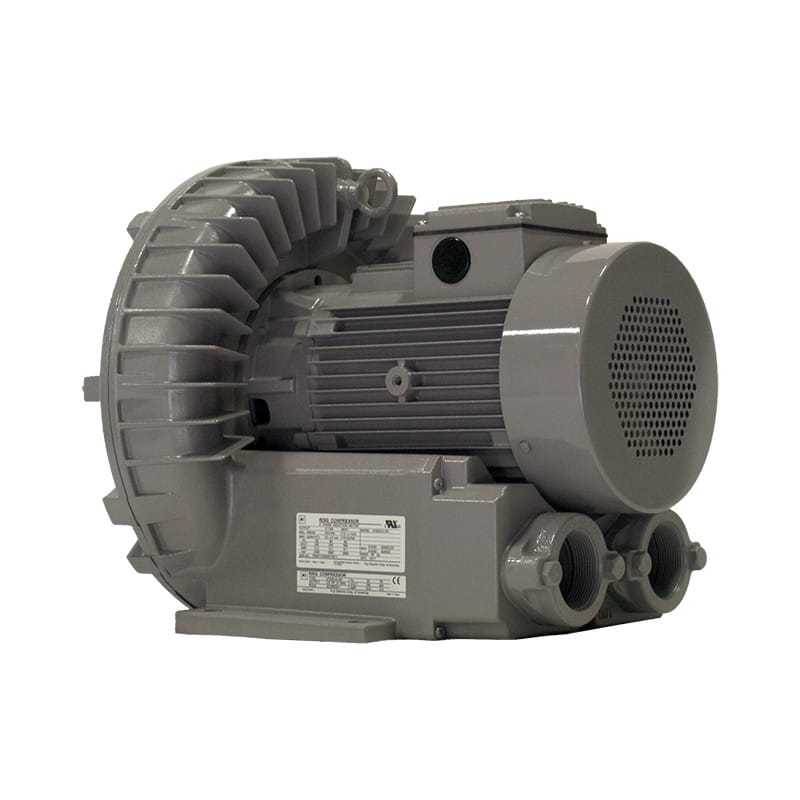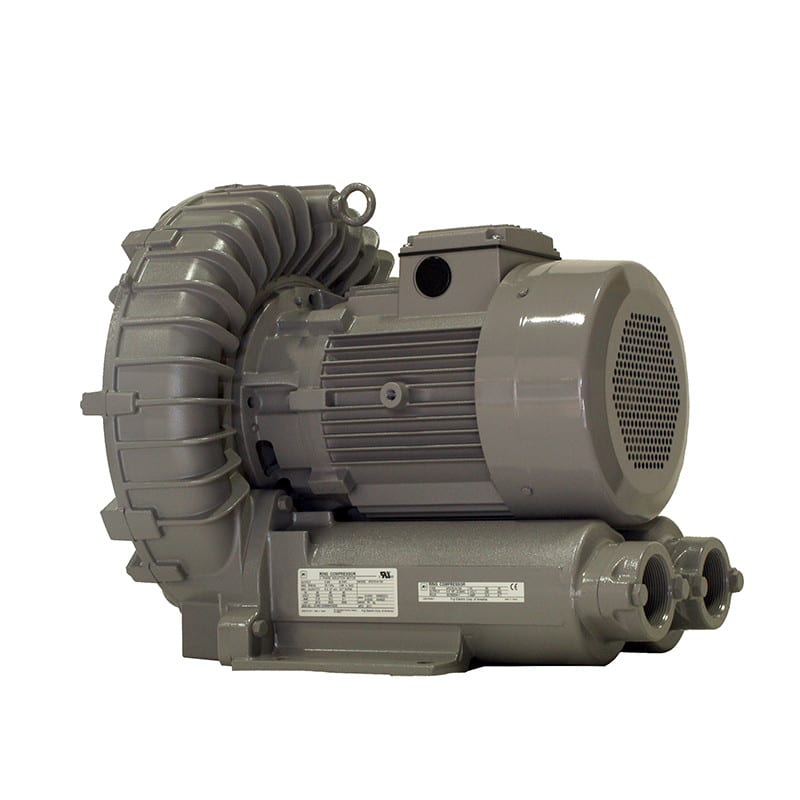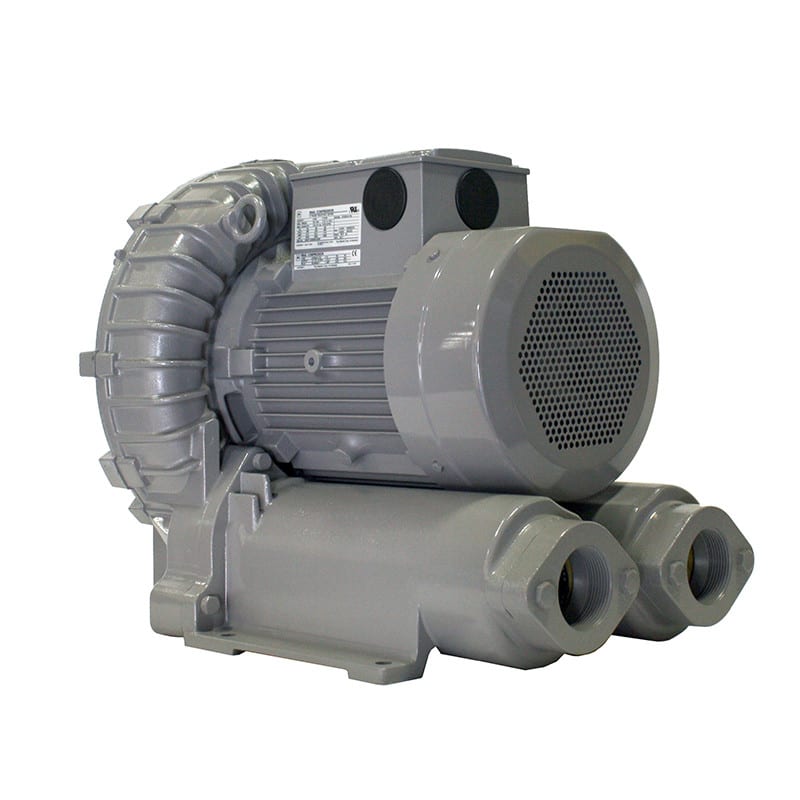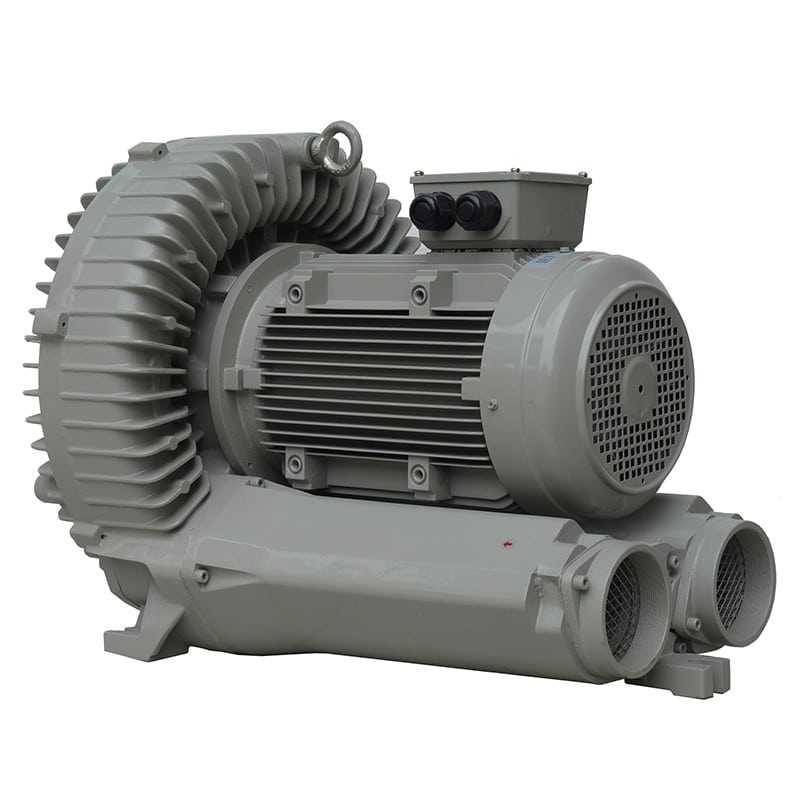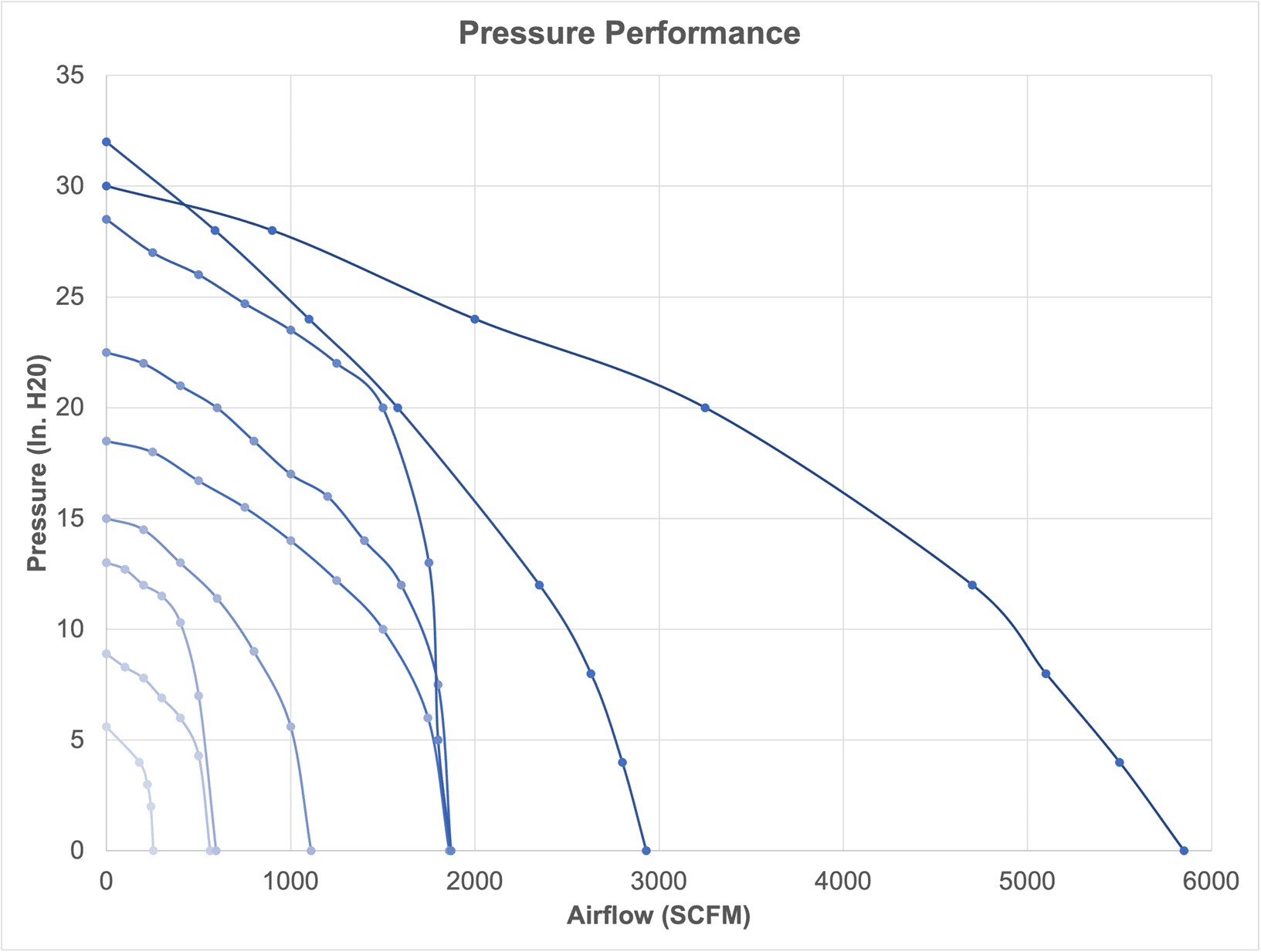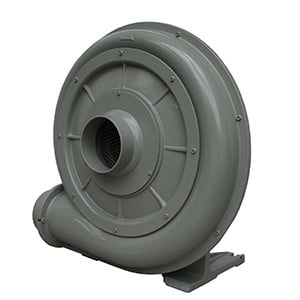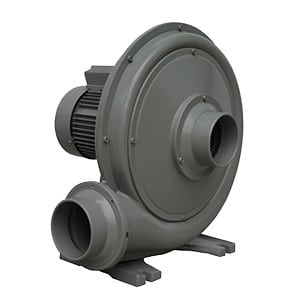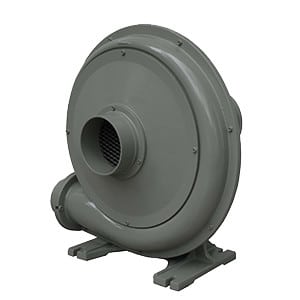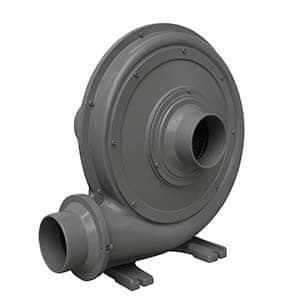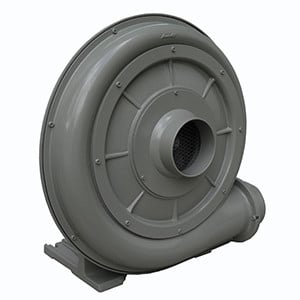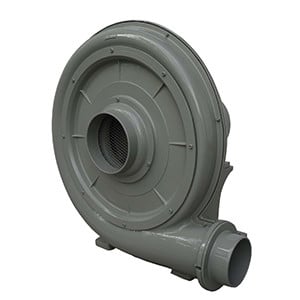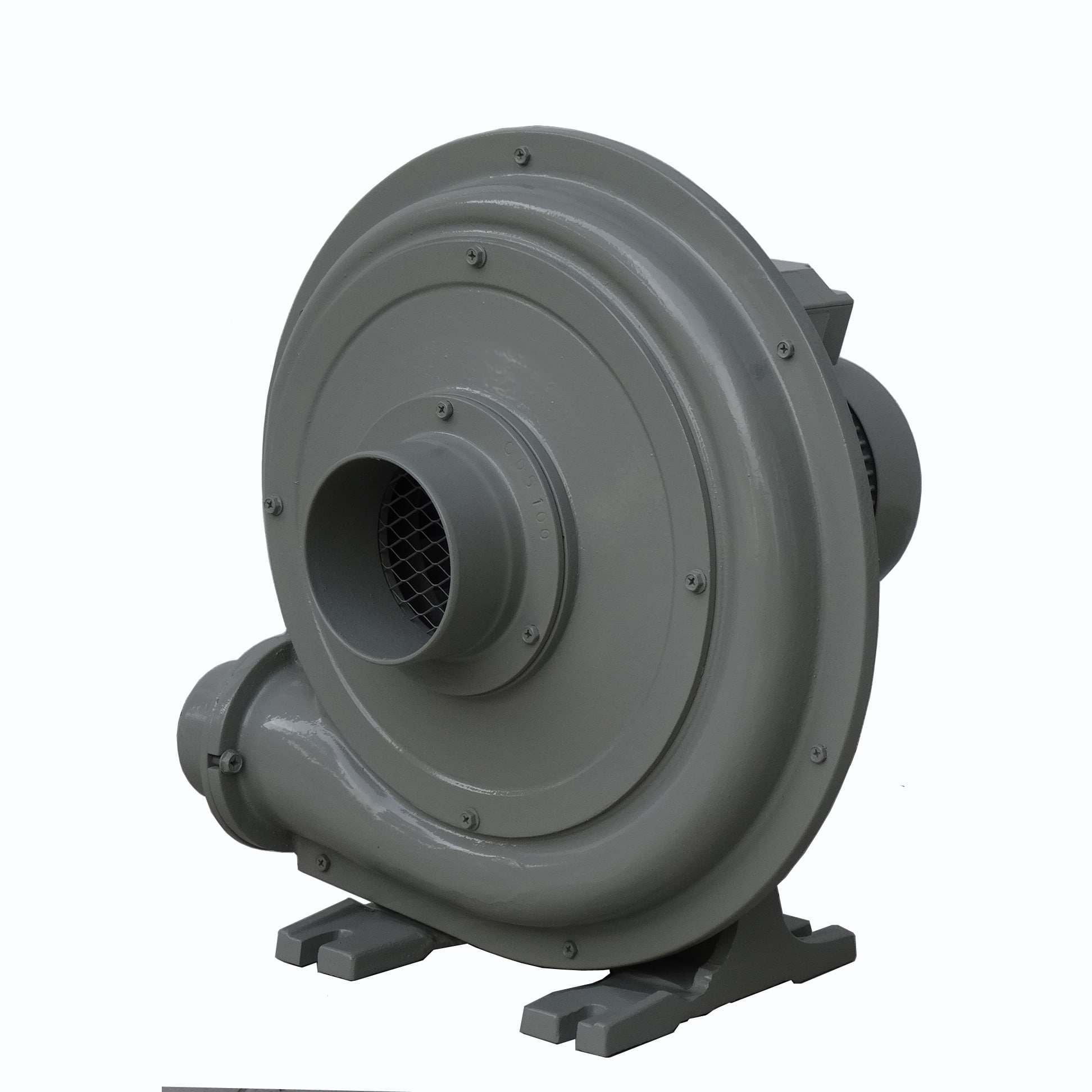Specifying the right AC drive (also called VFD – Variable Frequency Drive) for your application is critical to achieving reliable performance, energy efficiency, and motor protection. Here’s a step-by-step guide to help you get it right:
Know Your Motor
Collect basic motor nameplate data:
- Horsepower (HP) or kilowatts (kW)
- Voltage (V) – e.g., 230V, 460V, etc.
- Full load current (FLA)
- Frequency (Hz) – typically 50 or 60 Hz
- Number of phases – usually 3-phase
Tip: Always size the drive by current, not just horsepower.
Understand the Load Type
Different loads demand different drive characteristics:
|
Load Type |
Example Applications |
Drive Feature Needed |
|
Constant Torque |
Conveyors, crushers, compressors |
High torque at low speed |
|
Variable Torque |
Fans, pumps, blowers |
Energy-saving features, PID control |
|
Constant Horsepower |
Winders, spindles |
Wide speed range, torque limiting |
Tip: For fans/pumps, consider drives with built-in energy optimization and soft start.
Match the Environment
Check the installation conditions:
- Ambient temperature (e.g., derate if >40°C/104°F)
- Dust/moisture → Need NEMA 12, IP54, or IP65 enclosure
- Outdoor/explosive locations → Consider protective coatings or explosion-proof ratings
Determine Control Requirements
What level of control or integration is needed?
|
Feature |
Needed for… |
|
PID Control |
Pressure, flow, or temperature regulation |
|
VFD/PLC Integration |
Industrial automation |
|
Analog & Digital I/O |
Sensor/actuator feedback |
|
Network Communication |
BACnet, Modbus, Ethernet/IP, Profibus, etc. |
Tip: If you’re replacing a drive, check existing communication protocols.
Account for Duty Cycle and Overload
Drives are rated for different duty types:
- Light-duty (110% overload for 60 sec) – for HVAC fans/pumps
- Heavy-duty (150% overload for 60 sec) – for conveyors, crushers, etc.
Tip: Always check the drive’s current rating at your duty class.
Select Key Features Based on Application
|
Application |
Must-Have Features |
|
HVAC Systems |
PID control, sleep mode, BACnet |
|
Pumps |
Soft start, anti-ramp, underload detection |
|
Conveyors |
Torque boost, flying start, braking options |
|
Cranes/Hoists |
Dynamic braking, high overload capacity |
|
Mixers/Agitators |
Low-speed torque, stall prevention |
Plan for Future Needs
- Consider expandable I/O or field-upgradable firmware
- Choose drives that support energy logging, fault history, or remote monitoring
Check for Local Standards & Certifications
- UL, CE, RoHS compliance
- IEEE 519 for harmonic mitigation (especially in large systems)
- NEC/CEC for installation guidelines
Final Spec Checklist
✔ Motor HP/kW, voltage, FLA
✔ Load type (constant/variable torque)
✔ Duty cycle and overload rating
✔ Enclosure/environment rating
✔ Control & communication needs
✔ Application-specific features
✔ Compliance and safety requirements




